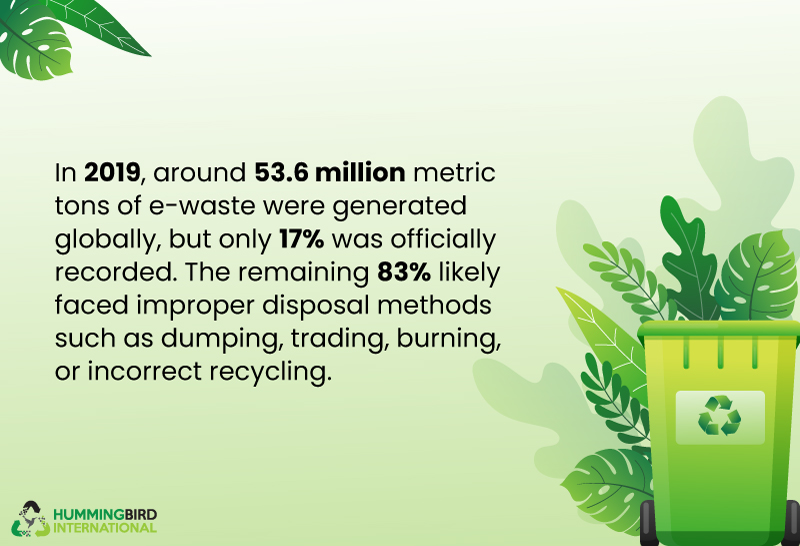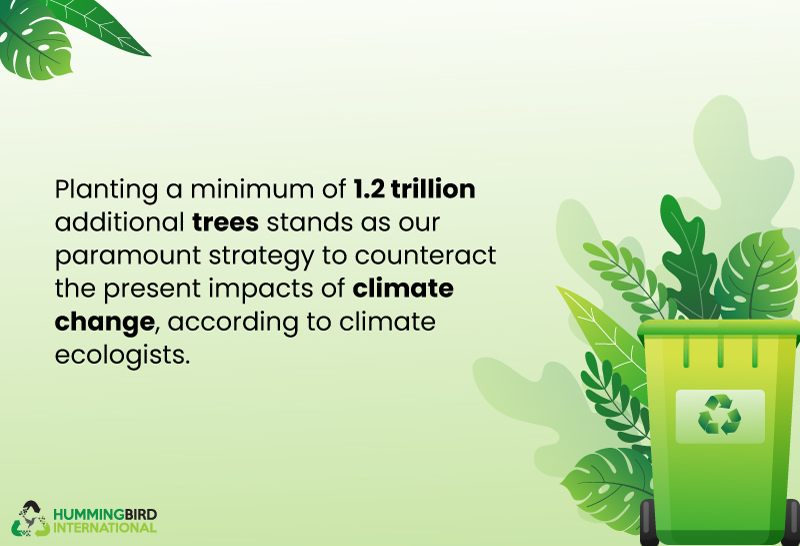
Photo Credit: Freepik.com/freepik
The chief principle of green living is environmentalism. It’s a philosophy that deviates humans from polluting the Earth’s greenery. In other words, it’s a generic term related to actions to control human impacts on the environment.
Present-day society is alert and aware of the importance of environmental preservation. When we pollute our environment, it starts a chain reaction that results in excess dirt. The consequences of this pollution are dreadful for humans, and the community of flora and fauna.
In terms of electronics recycling in Philadelphia, the city produces about two million tons of waste per year. 10% of it is primarily e-waste. In 2013, Philadelphia legislated the Covered Device Recycling Act (CDRA) which aimed to illegalize dumping e-waste at the curbside.

Vector Source: freepik.com/pikisuperstar
In 2019, an estimated 53.6 million metric tons of e-waste was identified. Surprisingly, only 17% of this e-waste was documented. The remaining 83% was undocumented, which means that it was quite possibly dumped, traded, burned, or recycled improperly.
The act of dumping, trading, burning, or recycling e-waste induces agents that defeat the purpose of eco-friendliness. To avoid harming the environment, we must follow certain protocols. These protocols encompass a proper recycling method for your electronics.
Recycling e-waste is a personal commitment. These guidelines lay the foundation for the safeguarding of our planet. Sorting electronic items according to local regulations becomes a ritual, a way of respecting the resources embedded in our devices.
It’s a conscious decision to mitigate the ecological impact of electronic waste, recognizing that small actions contribute to a collective positive change.
The essential guidelines are as follows:
A recycling facility for e-waste management is helpful because it enables you to dispose of your unwanted electronics. Only this time, the disposal is done in an accountable and eco-friendly manner.
The following are the benefits of a prime recycling facility:

Image Source: unsplash.com/Jennifer Griffin
It conserves Earth’s natural deposits and energy, minimizing the manufacturing of new materials. Environmentalists say that recycling one million laptops has the potential to save energy as good as the electricity used by more than 3,500 American homes in a year.

Image Source: unsplash.com/Kaylee Garrett
Apart from environmental safety, a recycling facility protects human health. It stops the release of toxic substances. Some of these substances are lead, mercury, and cadmium which affect soil fertility, water condition, and air quality. If the substances are not prevented, they will further affect people, animals, and plants.

Image Source: unsplash.com/The Jopwell Collection
It creates jobs and economic opportunities for local communities and businesses. United Nations claims that the global e-waste recycling market can generate 15 million tons of raw materials worth $10 billion, introducing 1.5 million new jobs by 2030.
You have the ability to retain greenery through the plantation with the money you save or earn from recycling your electronics. Trees provide oxygen, shade, and habitat. In addition, it absorbs carbon dioxide and relevant pollutants.
Plantation restores the land and water capacity that may be degraded by e-waste dumping or burning. E-waste easily leaches anything solid and liquid. Therefore, planting a tree can stabilize the soil, prevent erosion, and filter the pollutants from the water.

Image Source: CNN | Vector Source: freepik.com/pikisuperstar
A green and healthy space for people and wildlife is foreseeable with the plantation. E-waste poses a visual and aesthetic nuisance, as well as a source of noise, odor, and fire hazards. Plantation beautifies the landscape, provides shade, and cultivates food.
The concept of e-waste came with the advent of modern technology. E-waste happens to be a monumental problem, a problem so severe that it has already contaminated soil, groundwater, and crops. The real issue is not e-waste itself. It’s the mismanagement.
Let’s take a scenario of electronics recycling in New York City. In 2021, NYC generated 2.2 tons of e-waste in a day. After some time, 24.4 tons of electronics recycling and 0.1 tons of rechargeable battery recycling were reported.
As mentioned previously, Philadelphia produces tons of e-waste. This metropolis is among those U.S. cities that are famous for their different e-waste recycling types. In the Philadelphia context, one of the e-waste recycling types is the computer, meaning that computer recycling in Philadelphia is common. If we broaden the perspective, Philadelphia is a major city in Pennsylvania or PA, a state renowned for having industrial centers of coal, steel, computers, and railroads. A computer is an electronic device that comes under the category of e-waste if rendered unwanted.
The act of computer disposal in PA is deeply rooted in the state due to the development of the Electronic Numerical Integrator and Computer (ENIAC), the world’s first electronic, digital computer. To recycle electronics in PA, one must be mindful of the CDRA Act, for it compels residents to divert hazardous materials from reaching landfill sites.
Living a green life couldn’t get any better. The world has surely moved towards automation, giving birth to electronics that no one ever thought of. While automation has made lives easier and effortless, the responsibility of preserving greenery is hard and demanding.
However, environmental protocols are there to protect the natural atmosphere. From Second Amendment Rules, 2023 to tree plantation, you can contribute to the soundness of the terrestrial sphere.
Kelly Sampson is a writer, blogger, and environmental enthusiast. She has strong opinions about climate change, the dogs vs. cats debate, and Oxford commas. She has lent Hummingbird International her engaging and spirited voice and turned our blog into a great place to find valuable information about e-waste, e-waste recycling, and the ITAD industry. Explore our blog to read more of her work.